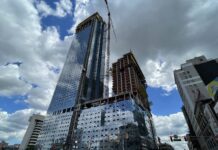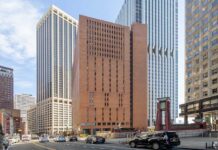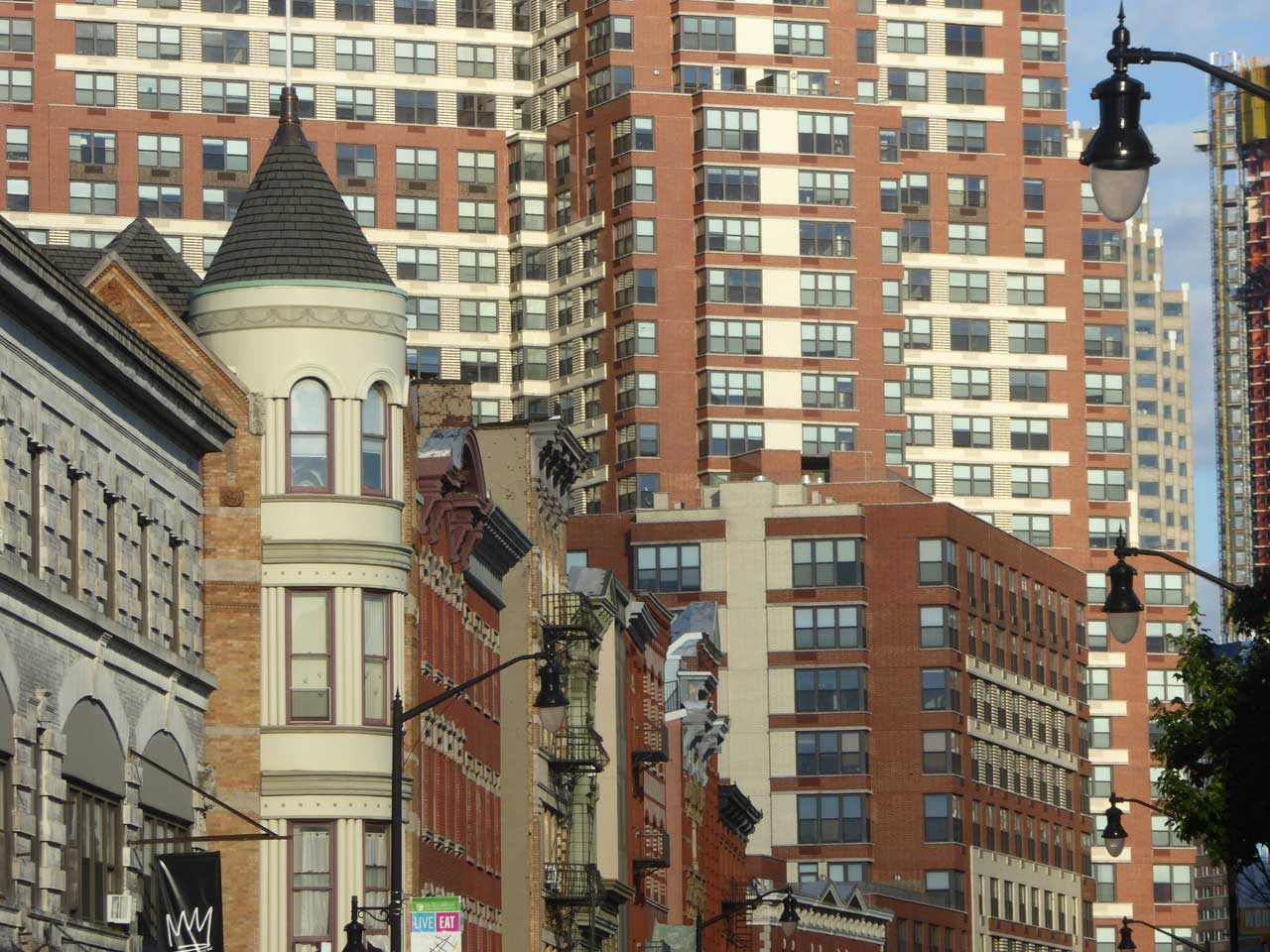
A fiscal slump at the beginning of the 2010s that yielded to an economic revitalization had a sizable impact on the housing landscape over this decade, as the demographics of both renters and homeowners have shifted throughout the Garden State.
Earlier this month, RentCafé released one of their most complex studies to date detailing the evolution of the U.S. housing market. The data demonstrates the impact grown-up Millennials, high-earning renters, and the construction of high-end apartments have had on both New Jersey and the entire country, as the national average rent increased by 36% during the past decade.
The recession at the turn of the decade pushed many to rent out of necessity, but the economic expansion that followed, coupled with changing attitudes toward family and homeownership, has caused the rise of the “renter by choice.” The number of American renters topped 100 million during the 2010s and makes up 34% of the general population — the highest percentage since 1960 when 36% of Americans were tenants.
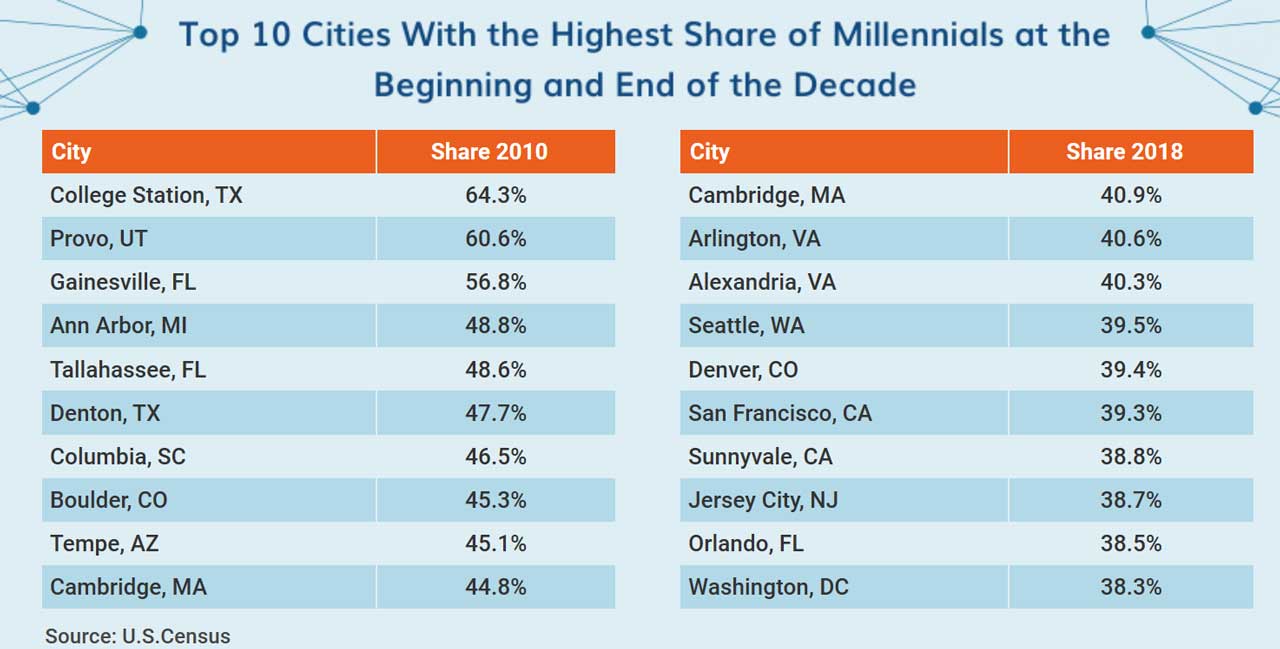
The decade saw the largest construction boom since the 1980s proliferate with a dramatic increase of sophisticated, amenity-rich apartment buildings. Not surprisingly, Jersey City led the way in the Garden State by delivering no fewer than 14,000 new apartments over this decade. Regionally, there were 125,000 apartments constructed in the Metro New York area, so Jersey City’s portion represents 11% of the total apartment units built in this region during the 2010s.
The impact of that construction has caused Jersey City’s demographics to change a bit. In 2010, 9% of renters in Jersey City earned more than $150,000/year, but by the end of the decade, 18% of Jersey City’s high-income households opted for the renter lifestyle.
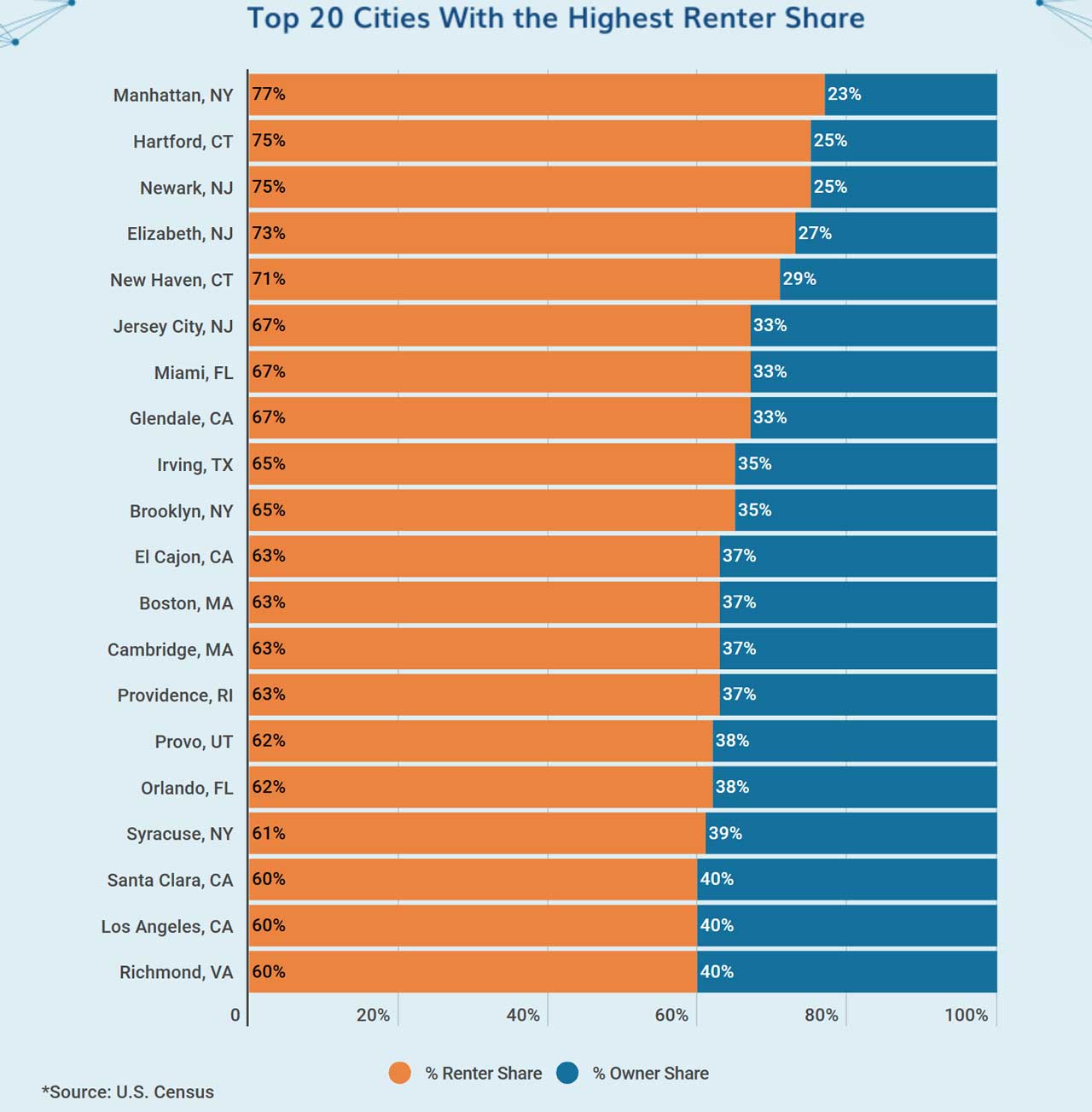
Many of Jersey City’s new residents skew younger, as almost 39% of the city’s population is now made up of Millennials. The age group, loosely defined as those born between the early 1980s and the mid-1990s, made their presence felt in the housing market by favoring apartments at a greater clip than previous generations. The preference is partially the cause for the construction of over 2.4 million apartments nationwide.
Back in Jersey City, 67% of the city’s population currently consists of renters, ranking it third in the Garden State in terms of cities with the highest share of renters. Newark is New Jersey’s highest renter-majority city, as 75% of the population consists of tenants. Neighboring Elizabeth is right behind, as 73% of their population lives in rental homes.
It isn’t just New Jersey’s big cities that are seeing an increase in tenants, as an increasing number of renters are living the suburban life. Over the decade, Edison saw the highest jump in the state — 41% — of single-family renter units. Renting is becoming increasingly popular across family sizes, as the number of homeowner families with children dropped significantly nationwide during the decade.
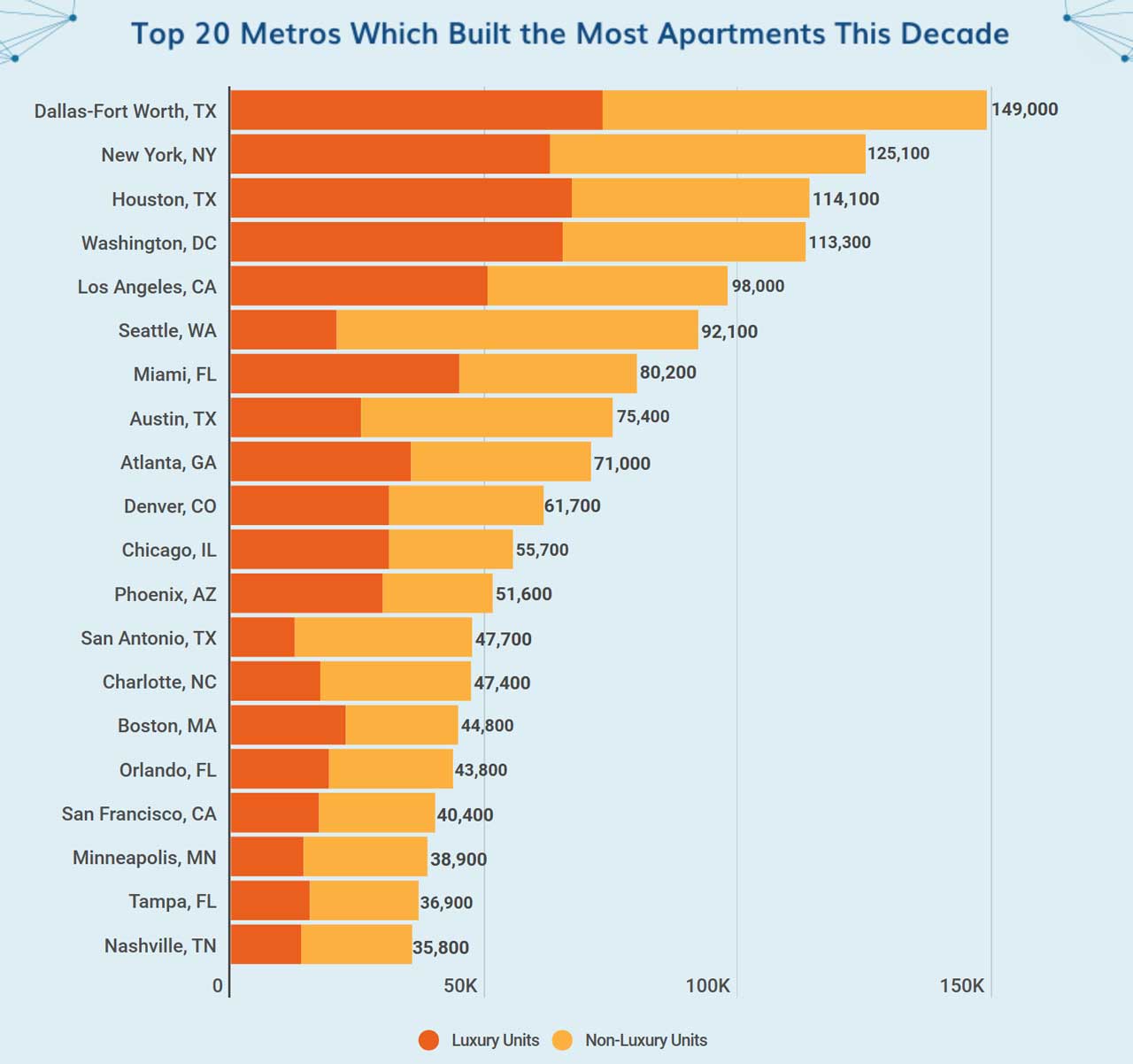
The Dallas-Fort Worth region added the most total rental apartments in the U.S. during the decade with 149,000, with the New York Metro ranking just behind in second place. The overall trends during the 2010s were so substantially skewed that RentCafé dubbed 2010-2019 “The Renter’s Decade” when breaking down the data, which was sourced from the U.S. Census Bureau, Yardi Matrix, PropertyShark, and the U.S. News & World Report.
Related:
- These Are The Most Expensive, Cheapest Places to Rent in NJ
- Two N.J. Zip Codes Rank Among the Country’s Top 125 Most Expensive
- Study Finds Jersey City Will Add as Many Apartments as Manhattan in 2019
